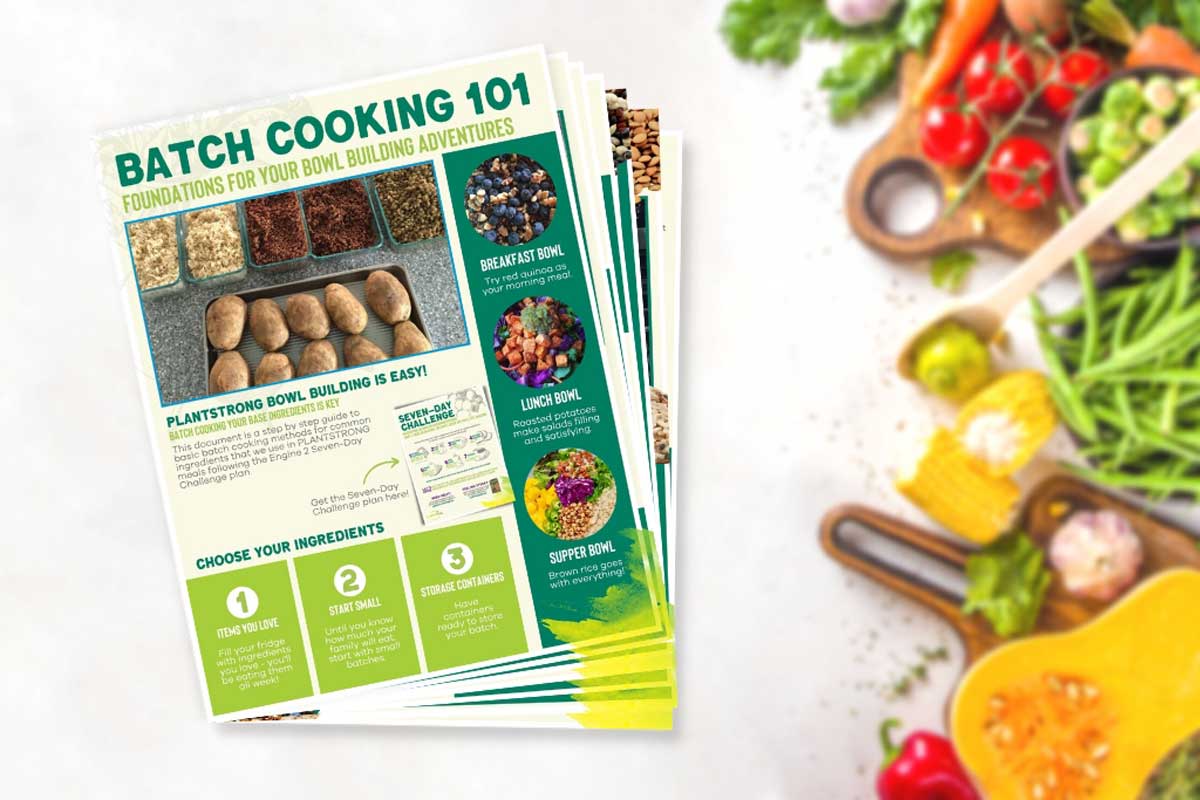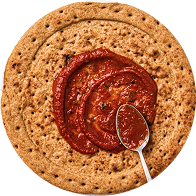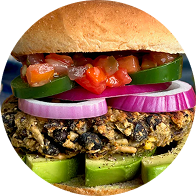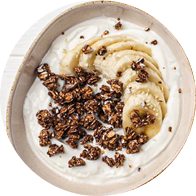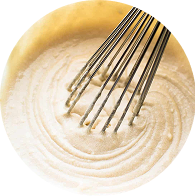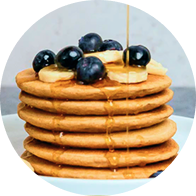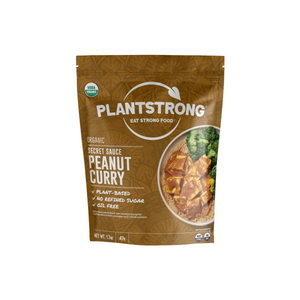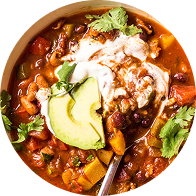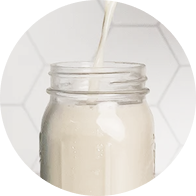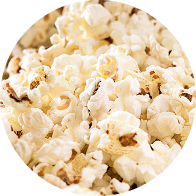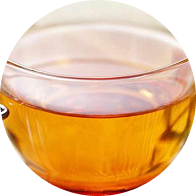Batch Cooking 101 - A Handy Guide for Beginner’s
Does cooking seem to take up a huge portion of your day? One of the big deterrents a lot of people have to making better health choices when it comes to food is time. Choosing foods that aren’t damaging to your health can require a bit more time in preparation.
The good news is, this doesn’t have to keep you from reaching your health goals. Check out these tips for plant-based batch cooking.
Tips for Plant-Based Batch Cooking
Make a Meal Plan
When most people think of a meal plan, they think of a regimented schedule of every single meal. This can work for some families. However, a more loosely planned meal plan can be a better approach for most. When starting with a meal plan, it helps to plan out a series of meals that can work for any day of the week. This will help you to know what to batch cook while also allowing you the freedom to eat what you prefer on each day.
When putting your meal plan together, make sure to look at your schedule for the week. It can be a big help to cook meals around your schedule.
Knowing that you have a night away from the house or that you won’t have a great deal of time for meal prep can help you to schedule in some simple options that are quickly prepared.
*Pro Tip - Not sure how to get started our manage a meal plan, our PLANTSTRONG Meal Planner can make it easy.

Start by Prepping Your Base Ingredients
When you are meal prepping and batch cooking, it can be tempting to work one recipe at a time. While this might seem simple, it can actually make the process take a great deal longer.
Instead, start by prepping your base ingredients. This will help you to prepare multiple meals more quickly. Starting with your base ingredients would include items such as potatoes, rice, and quinoa. Here are a few tips for prepping your base ingredients:
- Prepare potatoes - Potatoes typically do not freeze well unless they are fully cooked. If you plan to put your prepared meals into the freezer, you will want to make sure potatoes are fully cooked. Start by thoroughly washing your potatoes. You then either chop them up for cooking for a skillet meal or you can pierce your potatoes if you intend to bake them for future recipes.
- Wash quinoa and lentils - Quinoa and lentils don’t need a detailed washing. However, it is beneficial to start by rinsing them well. This will help to remove debris and for quinoa it will remove the natural coating which can cause it to taste bitter.
- Stock up on cereal - Cereals are a quick and easy base that allows for just about any topping to be added, ranging from fruit to vegetables.
- Rinse rice - Taking the time to rinse your rice will remove some of the starch that makes it more likely to stick together. The water does not need to run clear. Instead, your goal is simply to give it a quick rinse.

Cook Your Base Ingredients
The good news about many of these base ingredients is that they can be cooked at the same time. Place potatoes in the oven to bake. You can also cook your rice, quinoa, and lentils. Cooking your base ingredients now will save you time later. Set a timer for each item so that you are able to make sure each is cooked fully. Quinoa will cook quicker than other ingredients so you will want to watch that a bit more carefully than your other ingredients.
- Cook your potatoes - When batch cooking, the simplest way to prepare potatoes is by baking them in the oven. You can cook a variety of different potatoes and use them throughout the week. Generally, it is best to cook whole potatoes at 425°F for 45 minutes or until a fork can easily poke through the potatoes.
- Cook your quinoa - Quinoa cooks quicker. You will know that your quinoa is done when each grain has a sprout coming out of it. Quinoa can last in the fridge for up to a week.
- Cook your lentils - You will know your lentils are fully cooked when they are firm but tender in the center. Lentils make a great addition to tacos and a variety of other meals throughout the week.
- Cook your rice - Brown rice will typically take 35-40 minutes to be fully cooked. Rice will typically last you between four and six days in the refrigerator. Use it as a base in a variety of meals.

Move Beyond Bases
When batch cooking it can be tempting to make all of your batch ingredients and have a variety of bowls. While this is a solid approach, there is a way to do other batch cooking that can support your meal plan during the week. After you have started your bases, you will want to move on to other items that help you to stick to your eating goals during the week. Even better, many of these items will involve minimal time from you during batch cooking. Here are a few ideas for moving beyond bases:
- Cook soups and stews - Soups and stews will often develop an even better flavor the second day or even the third day after they are made. When you are batch cooking, try adding a stew, soup, or chili to the menu. These items can be put on the stove or in a slow cooker to cook while you are working on other food items.
- Wash and prep produce - Not all produce can be washed and prepared in advance. Items such as apples will not stay fresh. That said, items such as pineapple, mangoes, and even grapes can be washed and prepared for future meals. This is also a great way to bag up kits for smoothies during the week.
- Don’t forget about organic plant-based sauces, dressings, and dips - Do you love hummus? Is there a plant-based salad dressing you can’t live without? Is using pesto a must for some of your recipes? Make these items as part of your batch cooking plan. Spending a few minutes putting these together can help to save you a great deal of time later on.
To make it even easier, we’ve created a handy batch cooking guide for you to download.